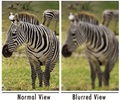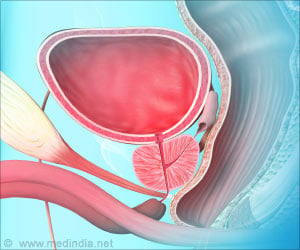
Researchers from the Institute of Experimental Ophthalmology, University of Münster, Germany, studied 55 patients diagnosed with NAION who had developed sudden loss of visual acuity less than 3 days before the initial consultation. These patients were treated with PFX as well as adjunctive therapy with FC during the first 2-3 months (which was gradually tapered). The control group received only PFX.
Investigators found that PFX alone had no significant beneficial effects on either visual acuity (as measured as Best Corrected Visual Acuity, BCVA) or visual field after 3 days and 6 months of treatment. However, adding FC significantly boosted outcomes: those receiving FC were more likely to experience improvement and less likely to have worsened visual acuity. Progress was even more pronounced after 6 months of therapy. More than two thirds of NAION patients treated with the combination therapy had better long-term vision compared to only 14% of those only treated with PFX.
The authors explain why FC apparently benefits those who have less severe visual loss. "NAION is caused by ischemia of the optic nerve head.... This restriction of blood supply, depending upon its degree, results in primary irreversible loss of retinal ganglion cells (RGC) and secondary delayed RGC loss related to subsequent optic-disc edema," says Verena Prokosch, PhD, Dr. med., Institute of Experimental Ophthalmology.
"Corticosteroids do not appear to reduce primary cell death, explaining the lack of benefit of FC therapy in patients with a BCVA score worse than 0.05. This may not be the case for patients with moderate BCVA loss who suffer secondary RGC loss due to optic-nerve swelling, revealing a possible therapeutic window for FC," explains co-author Solon Thanos, MD, Prof. Dr. med. Dr. rer.nat., Institute of Experimental Ophthalmology. Prof. Dr. Thanos suggests that the pronounced long-term effect of FC on visual acuity found in the study could be attributed to early and prolonged treatment at a dose higher than previously tested.
Advertisement












